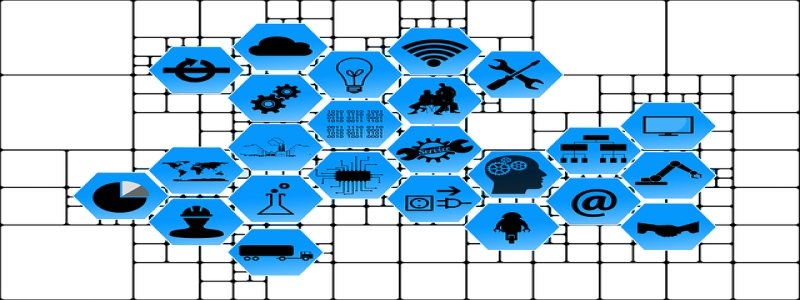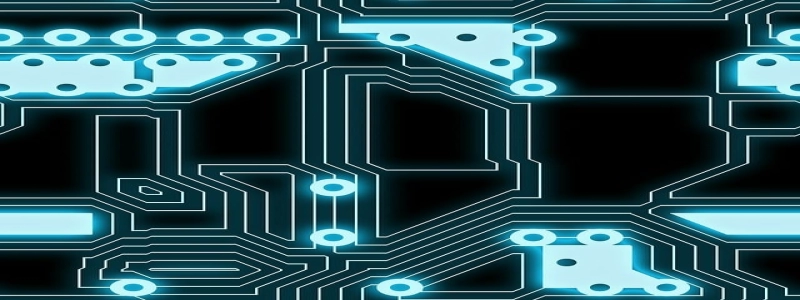Ethernet Relay
Introduction:
Ethernet relay, also known as network relay, is a device that allows remote control of electrical devices over an Ethernet network. It is commonly used in industries, homes, and various automation applications. This article aims to provide a detailed explanation of Ethernet relay and its functioning.
I. What is an Ethernet Relay?
An Ethernet relay is a control device that uses the Ethernet protocol to transmit control signals over an Ethernet network. It acts as a bridge between the network and the electrical device to be controlled. The relay can receive commands from a control application or another device over the network and then activate or deactivate the attached electrical device accordingly.
II. How does an Ethernet Relay work?
1. Hardware Components:
– Ethernet Interface: This allows the relay to connect to the Ethernet network.
– Microcontroller or Processor: It processes the received commands and controls the relays.
– Relays: The main switching components that connect or disconnect the electrical device.
– Power Supply: Provides the necessary power for the relay and the attached device.
2. Operation:
– The Ethernet relay is connected to the network using an Ethernet cable.
– The control commands are sent as data packets from the control application or device to the relay’s IP address.
– The relay receives the commands through the Ethernet interface.
– The microcontroller or processor processes the commands and determines which relay should be activated or deactivated.
– The relays then switch based on the received commands, thereby controlling the electrical device.
III. Features and Advantages of Ethernet Relay:
1. Remote Control: Ethernet relay allows remote control of electrical devices from anywhere on the network, enabling convenient operation and monitoring.
2. Flexibility: Multiple relays can be controlled simultaneously, offering the flexibility to manage various devices or create complex automation systems.
3. Compatibility: Ethernet relays typically support various protocols, such as TCP/IP, HTTP, and Modbus, making them compatible with a wide range of existing network infrastructure and control applications.
4. Scalability: Ethernet relay systems can be easily expanded by adding more relays, allowing easy integration into existing setups or expansion of control capabilities.
5. Reliability: Ethernet relay systems are designed for industrial applications, ensuring robustness and reliability even in harsh environments.
Conclusion:
Ethernet relay provides a reliable and flexible solution for remote control of electrical devices over an Ethernet network. The combination of hardware components, Ethernet protocol, and control mechanisms enables efficient operation and management of various applications. Its features and advantages make Ethernet relay a popular choice for industrial automation, home automation, and other network-based control systems.








